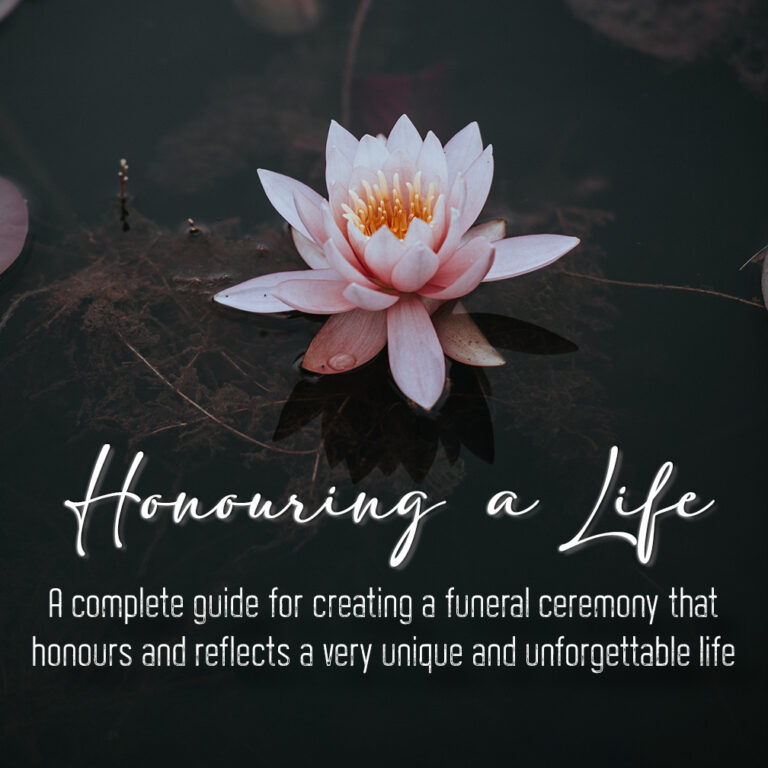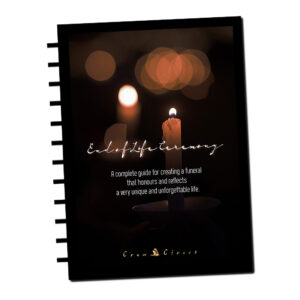![]() Perhaps they are not the stars, but rather openings in heaven where the love of our lost ones pours through and shines down upon us to let us know they are happy.
Perhaps they are not the stars, but rather openings in heaven where the love of our lost ones pours through and shines down upon us to let us know they are happy. ![]()
Inuit Legend

![]()
This is a difficult time.
There is nothing any of us can do to fully prepare for this journey. We aren’t taught how to mourn, how to say goodbye and lay our loved ones to rest.
It attends to our grief and our healing to create sacred ceremony honouring and reflecting this beautiful life and what they have brought to our world. It is our intention with this guidance that it brings some ease to this difficult time knowing that the many details and ideas to honour your loved one are contained here. It can save you thousands and it is our higher hope that although you long for them to be here, that you may find the comfortable place within yourselves to let them rest peacefully with this support.
The funeral ceremony is the space we hold to revere and lay our loved ones to rest—to say goodbye. This is an important ceremony of honour that creates the sacred space to go deeper, to be closer and to find the moments of grief, peace and healing. It is a place to release and express our sorrow and can help us find comfort and healing. This is made more potent by bringing meaning and personality to the ceremony, truly honouring their essence in a reverend and relevant way. The most compelling funerals recognise and commemorate the deceased, but are also about us, about the impact of this death and they have our fingerprints all over it.
Our guide will help you and those around you pull all the pieces together into a beautiful and memorable order of service. It is your guide to create, prepare and conduct an honouring of a life ceremony that is the memorial you intend and not just an off the shelf solution. It will also attend to your own navigation through this most sacred rite of passage.
A funeral that honours a life should reflect how unique and unforgettable that person was. A funeral is not a legal ceremony and there are no rules. It is an act of remembering that symbolically recognises this life, and the life of those living. It can be as elaborate or simple as you wish. Think about their personality. What made them special and what are the memories that are cherished. This is the final chance to capture the essence of their life, and what they valued and believed in.
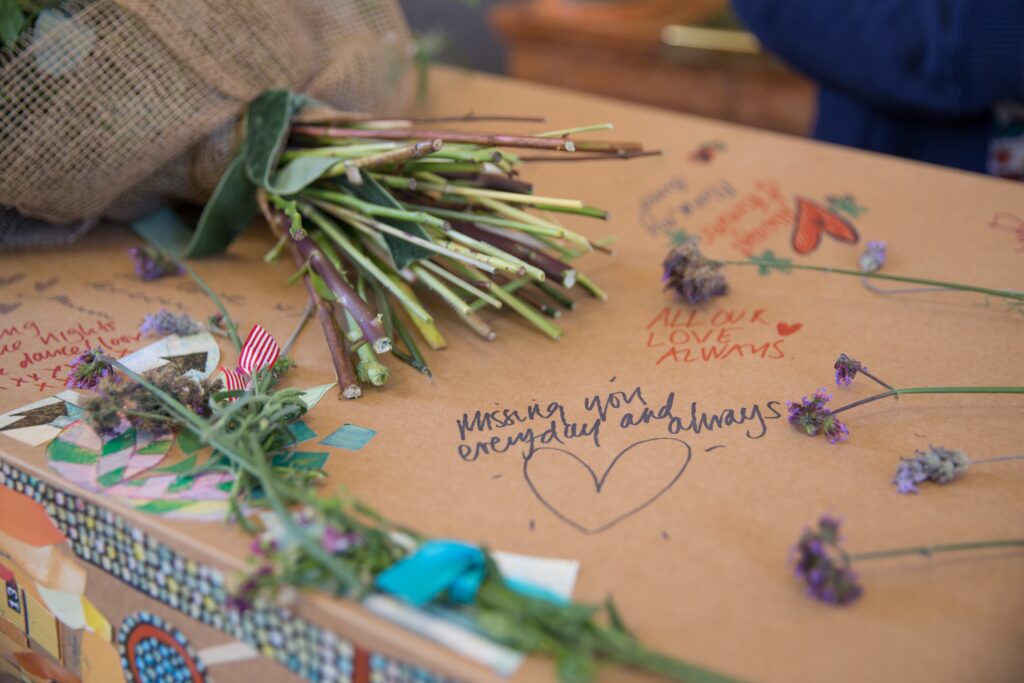
The most important thing to keep in mind when planning a memorial is the nature of the person being farewelled and the nature of their relationship with those saying goodbye.
Funerals don’t need to be formal in nature, or follow any set formula. Each send-off should be unique to the person who has died. There is a great opportunity to remember your loved one’s qualities, personality, hobbies, passions…the things which made them like no other person. Yes you can have a party, or an art show, or a golf tournament or sit around a fire instead of a traditional funeral. Yes you can hold the ceremony at home, or at the local art gallery, or at the pub. In the same way that organising any special event like a birthday or even a wedding, it can be done without hiring an event planner. Arranging all aspects of planning a funeral can be done yourself and it doesn’t need to cost a fortune to be magnificent.
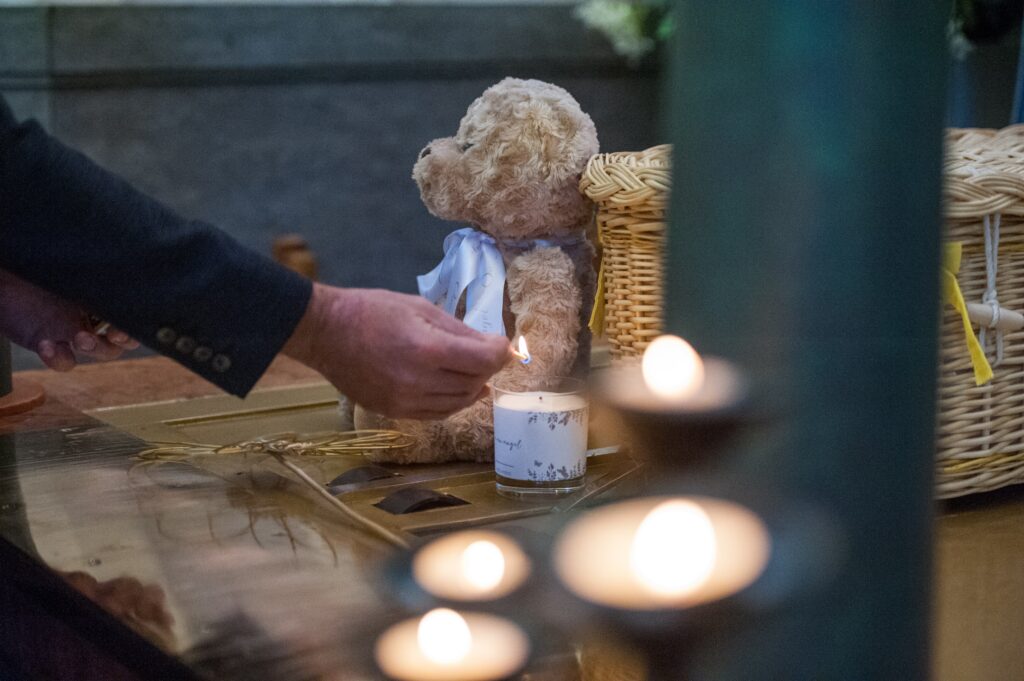
This ceremony is for the living. This death should impact those who loved them, and the ceremony should have our fingerprints, and signatures, our tears and our love all over it. The best ceremonies are led by the family and loved ones. Mourners benefit from being involved. This is your invitation to allow everyone who loved them to say goodbye, and to start to find the place within to let them rest through the beautiful rituals of an Honouring of Life Ceremony. For those impacted by the death, especially the children, there are so many beautiful ways to involve them in the ceremony which will support their healing.

How our guide can support you?
![]()
Appointing a Ceremony Guardian
The first thing we encourage is the appointment of a loved one as the Guardian of the Ceremony who acts to carry out the wishes of the loved one. They have the single point of authority for the arrangements and those helping out. The Guardian is separate from the celebrant or ceremonialist and is someone with a close relationship to the deceased.
![]()
Letting everyone know
Make the first calls to those closest and dearest and things to consider before announcements or invitations are published as they may include special instructions for the service.
![]()
The gathering of memories
Tips to make it easier to gather photos, memories and memorabilia for the ceremony.

![]()
The nature of the ceremony
Decide on the nature of the ceremony. Is your ceremony burial or cremation with your loved one’s body present, or a memorial or a scattering of ashes? What is their final resting place? Would you like a vigil in your home, or a viewing which is a beautiful chance for those close to spend some time and hold their hand, to see that their loved one is at peace if it has been a struggle and it can help people to move through their grieving process. Will the ceremony be streamed live? Is it a tree planting?
![]()
Caring and preparing your loved one
What services do you need from a funeral home, and what services don’t you need?
![]()
Choosing the celebrant or ceremonialist
Consider who will lead the ceremony. We will guide you through choosing a ceremonialist or traditional celebrant to conduct and officiate your ceremony. These people are experienced at creating and leading meaningful experiences, they are professional, compassionate and sensitive to people going through grief and have in some cases dedicated their lives to supporting you through this time. This person can ease the stress of this very emotional time.
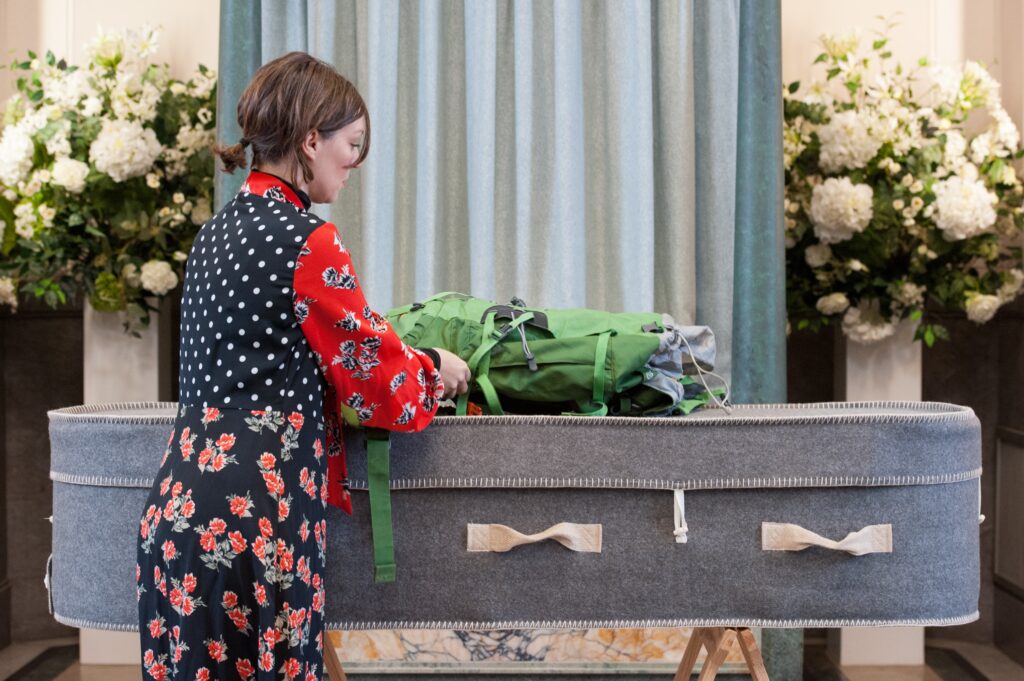
![]()
Choosing the setting
The ceremony should take place in a setting that is meaningful. A place that fits their personality, their passion and celebrates their legacy. It may be a traditional setting representing their wishes and how they worshipped. There is no need to follow tradition. For an artist a gallery, a fisherman on a jetty, a favorite place to eat, the bowls club, the golf course, the dance studio, the park, the beach, the forest…home…around a fire…a place they loved. You may choose several locations for the ceremony.
It is more common than not for loved ones to opt for a party rather than a traditional funeral, and you can make all the arrangements yourself just as you would a birthday party, rather than hiring an event planner.
Chose a date that suits you and your guests. This is a personal choice and take the time to catch your breath before the ceremony. Consider the time of day. It can be an evening event, sunrise, sunset, happy hour, or another significant time of day. Allow at least an hour for a ceremony and twice that for the reception following.
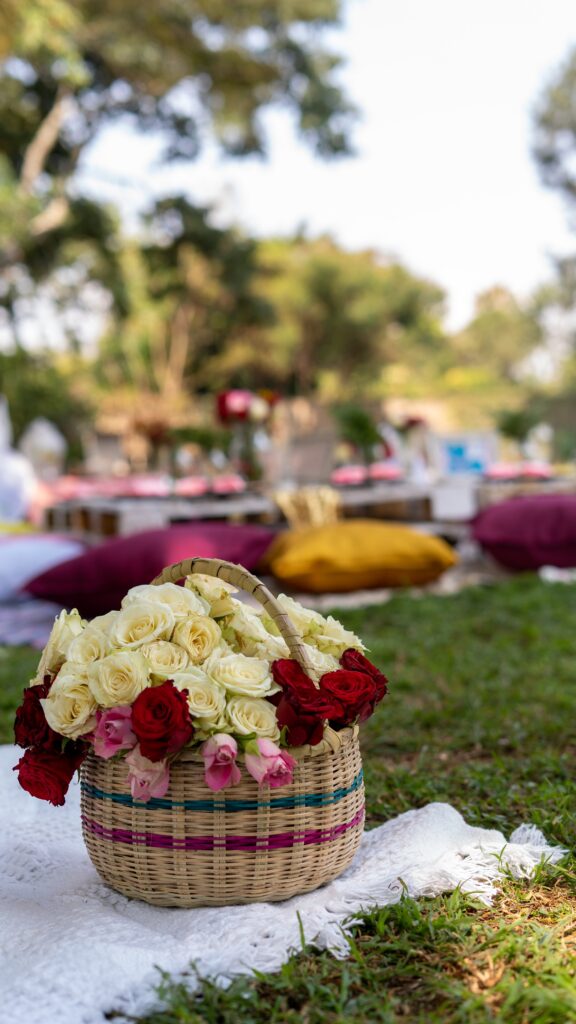
![]()
Inviting your guests
Take the opportunity to inform and instruct your guests with the order of service and your wishes for their contribution. It is a good time to ask for help but in the way that you need it. Invitation to any rituals. Work through the creation of the ceremony before you invite your guests.
![]()
Creating the ceremony
Work through a process that covers all the ceremony elements. We step you through constructing the eulogy which is a tribute to a life. It is the centrepiece of this ceremony and is the chance to share who they are and their life story and acknowledge and honour their life. The guide will help the gathering and recalling of information, memories, qualities, details of their life and loved ones, accomplishments, what they will be remembered for, what you will miss.
The guide considers tributes, speakers, readings, poems and the overall tone of the event whether it be lighthearted or reverend and making sure all speakers are aware. You can access the resources and templates we have found to assist with the eulogy creation.

![]()
Music
Music creates a beautiful backdrop for ceremony. It has long played a part in the funeral with moving dirges and laments and is an important part of the ceremony and helps us to embrace our emotions, the pain of the grief. to access meaning and sentiment. Music that has personal meaning is the height of expression for this ceremony. Music moves us from our heads to our hearts. Any form or type of music that helps meet the mourning needs of family and friends should be welcomed. Consider live music, favourite songs, genres, and ceremonial musicians outside of traditional like didgeridoo, African drumming and sound bowls. We have a playlist of beautiful tracks that are perfect for this ceremony.
Consider your sound equipment and what you may need to amplify the celebrant, the speakers and to play a reflection video or photographic tribute which is a beautiful way to create a focal point to reflect and uplift during the ceremony.
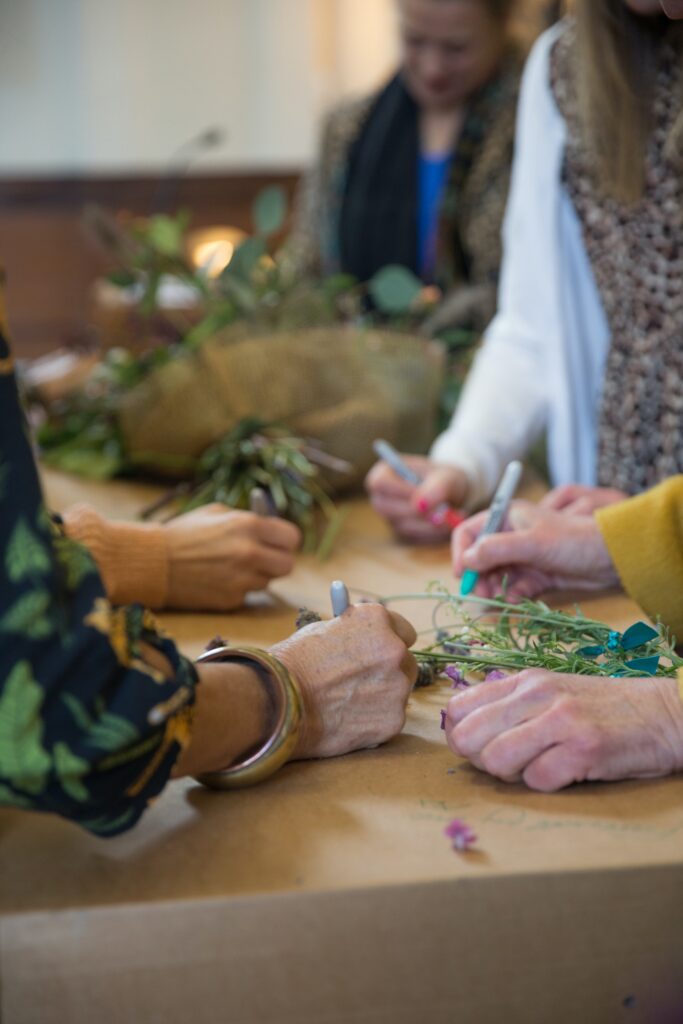
![]()
Decorating the space
Ideas and vision boards on ways to decorate the space, creating ambiance, floral arrangements, photo displays, memorabilia, sentimental and personal items, things from home, piles of favorite books, altars, symbology…anything that honours the person being remembered.
![]()
Order of service
The order of what happens when. This is often printed for guests and can include the lyrics to music through the service, readings, stories and photos.
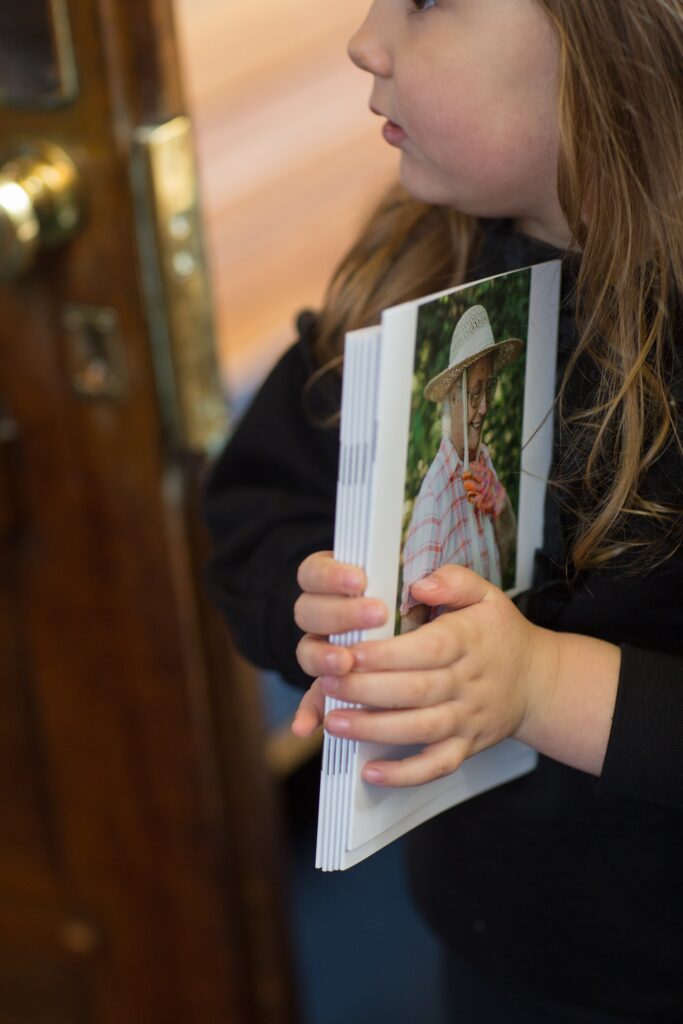
![]()
Special rituals
Consider ways to involve mourners especially the children. Things like build an altar together, ways of blessings like notes or ribbons on the coffin, a guard of honour, wearing their favourite colour, candle ceremonies. Your ceremony can include a welcome to country/acknowledgement of country, open mic, labyrinths that guests can walk and reflect, particular scents, releasing’s, alternative commitals, personalised rituals.
![]()
Gifts
Small memorial gifts can be given to guests and are often in the form of a memorial card, or prayer card. You can personalise and give simple meaningful gifts like seeds for someone who was a keen gardener.
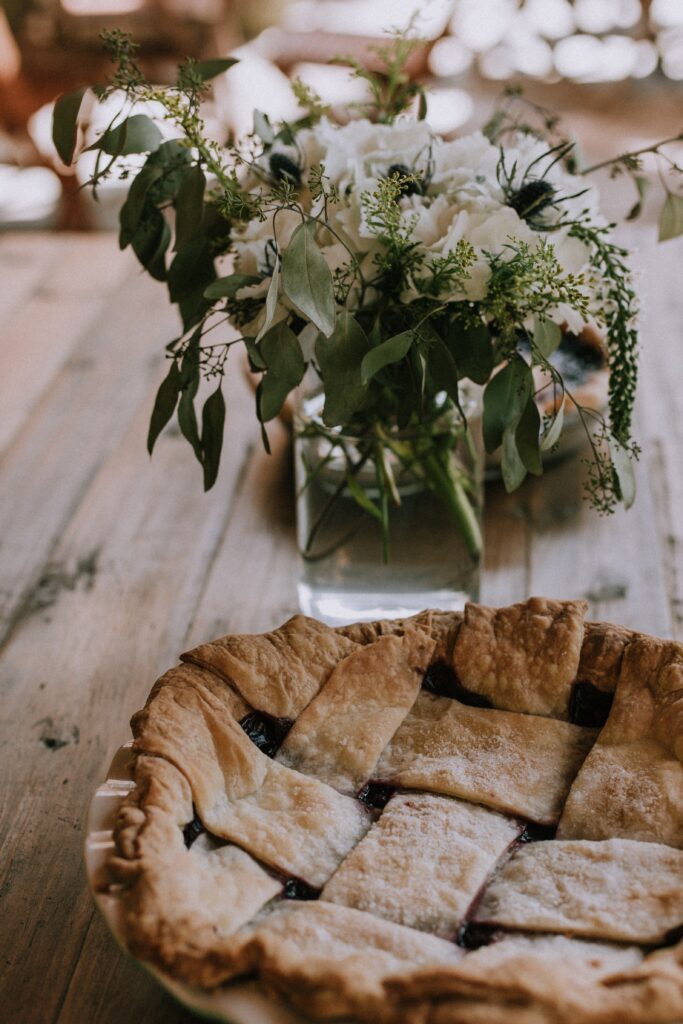
![]()
The reception
Often called the wake, the reception is generally at the end of the ceremony and is the chance for your guests to relax, to talk and to be nourished. What is the atmosphere you want to create? How do you want to nourish your guests? You can personalise the menu with a favourite food or beverage.
![]()
Going forward
Consider anniversaries and memorials you might like to create reflecting this ceremony in years to come.
![]()
Supporting you personally
The guide considers your mindset and your process of grief, ways you can ask for help. It also includes things like planning the days before, the a checklist of things to remember on the day and the days after the ceremony.

|![]() A death is not the extinguishing of a light, but the putting out of the lamp because the dawn has come.
A death is not the extinguishing of a light, but the putting out of the lamp because the dawn has come. ![]()
Tagore
This is the opportunity to honour and reflect on this beautiful life and what they brought to the world. We take great care with this most important experience. This guide will help you to take care of this most sacred rite of passage and to create a funeral ceremony that truly honours the life of your loved one, and helps you all to find moments of grief, peace and healing.
Give yourself this gift of peace of mind.
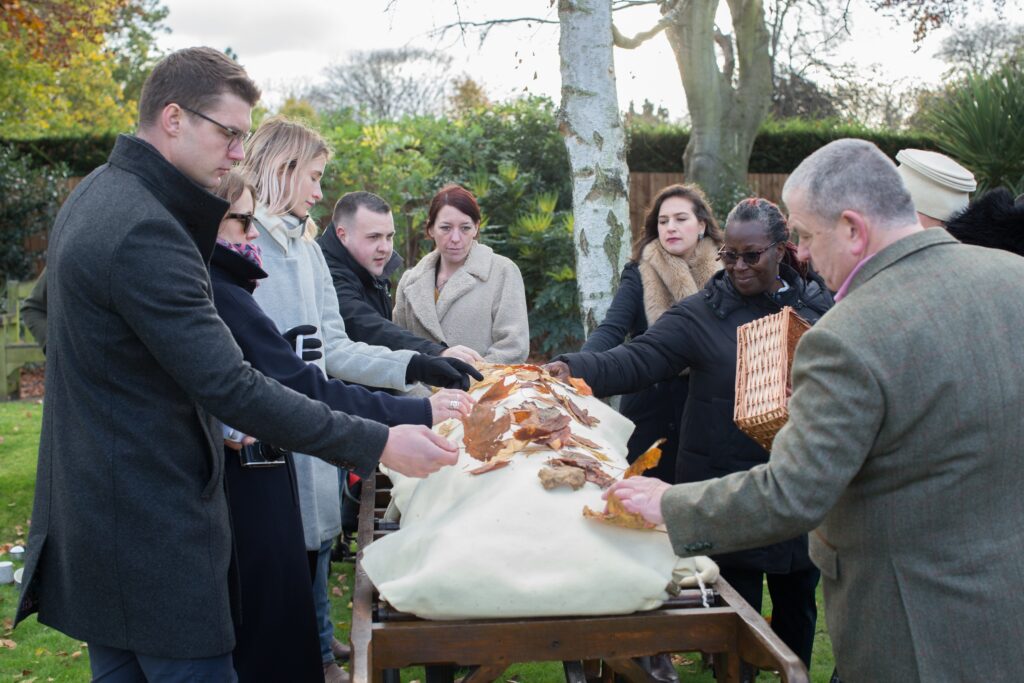
![]() Love is a state of being. Your love is not outside; it is deep within you. You can never lose it, and it cannot leave you.—Eckart Tolle
Love is a state of being. Your love is not outside; it is deep within you. You can never lose it, and it cannot leave you.—Eckart Tolle ![]()
Buy the guide
![]() In loving service
In loving service ![]()


